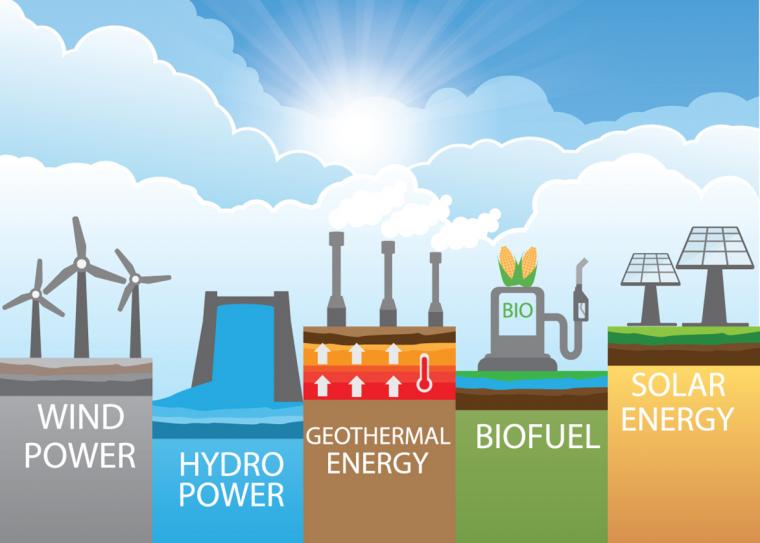
The integration of steel into renewable energy projects is shaping up to be a game-changer. As the world increasingly shifts towards sustainable energy sources, steel’s role is becoming more prominent. This article explores the latest trends in steel usage within the renewable energy sector and examines its impact on the future of clean energy.
The Growing Importance of Steel in Renewable Energy
Steel’s durability, versatility, and strength make it an essential material for constructing renewable energy infrastructure. Here are some key trends to watch:
Advancements in Wind Energy Structures
Wind turbines are heavily reliant on steel for their construction. Innovations in steel manufacturing are leading to the development of lighter, stronger, and more cost-effective materials. These advancements not only enhance the efficiency of wind turbines but also reduce installation and maintenance costs.
- High-Strength Low-Alloy Steel (HSLA): HSLA steel is increasingly used in wind turbine towers due to its superior strength-to-weight ratio.
- Modular Construction: Prefabricated steel sections are being used to streamline the assembly of wind turbines, reducing construction time and costs.
Solar Power Infrastructure
Steel plays a crucial role in supporting solar panels and creating durable mounting systems that can withstand harsh environmental conditions.
- Galvanized Steel Frames: These frames are resistant to corrosion, ensuring longevity and reliability for solar installations.
- Bifacial Solar Panels: The use of steel in the construction of bifacial solar panels, which capture sunlight from both sides, is on the rise. This innovation increases energy output and efficiency.
Hydrogen Production and Storage
The production and storage of hydrogen, a clean fuel, require robust and secure infrastructure, which steel provides.
- Pressure Vessels: Steel is used in the construction of pressure vessels and pipelines essential for hydrogen storage and transportation.
- Electrolyzers: These devices, which split water into hydrogen and oxygen, rely on steel components for durability and efficiency.
Benefits of Steel in Renewable Energy Projects
The use of steel in renewable energy projects offers several benefits:
- Sustainability: Steel is 100% recyclable, making it an eco-friendly choice for renewable energy infrastructure.
- Durability: Steel’s strength and resistance to environmental factors ensure long-lasting infrastructure.
- Cost-Effectiveness: Innovations in steel production are reducing costs, making renewable energy projects more financially viable.
Case Studies: Steel in Action
Wind Energy in Europe
Europe is leading the way in offshore wind energy, with steel playing a vital role. For instance, the North Sea Wind Power Hub, a project aiming to connect multiple countries’ wind farms, relies on advanced steel structures for its platforms and transmission systems.
Solar Farms in the USA
In the USA, solar farms in California and Texas are utilizing galvanized steel frames to support large arrays of solar panels. These projects highlight the importance of steel in creating resilient and efficient solar energy systems.
Challenges and Solutions
While steel is crucial for renewable energy, there are challenges to its widespread adoption, including:
- Corrosion: Steel structures exposed to harsh weather conditions can corrode. Solutions like galvanization and advanced coatings are being developed to mitigate this issue.
- Supply Chain Disruptions: Ensuring a steady supply of high-quality steel is essential. Investing in local steel production facilities can help reduce dependency on international supply chains.
Table: Key Technologies for Steel in Renewable Energy
| Technology | Description | Benefits |
|---|---|---|
| High-Strength Low-Alloy Steel (HSLA) | Used in wind turbine towers for superior strength-to-weight ratio | Increases efficiency, reduces costs |
| Galvanized Steel Frames | Used in solar panel mounting systems for corrosion resistance | Enhances longevity, ensures reliability |
| Steel Pressure Vessels and Pipelines | Essential for hydrogen storage and transportation | Provides durability and security |




